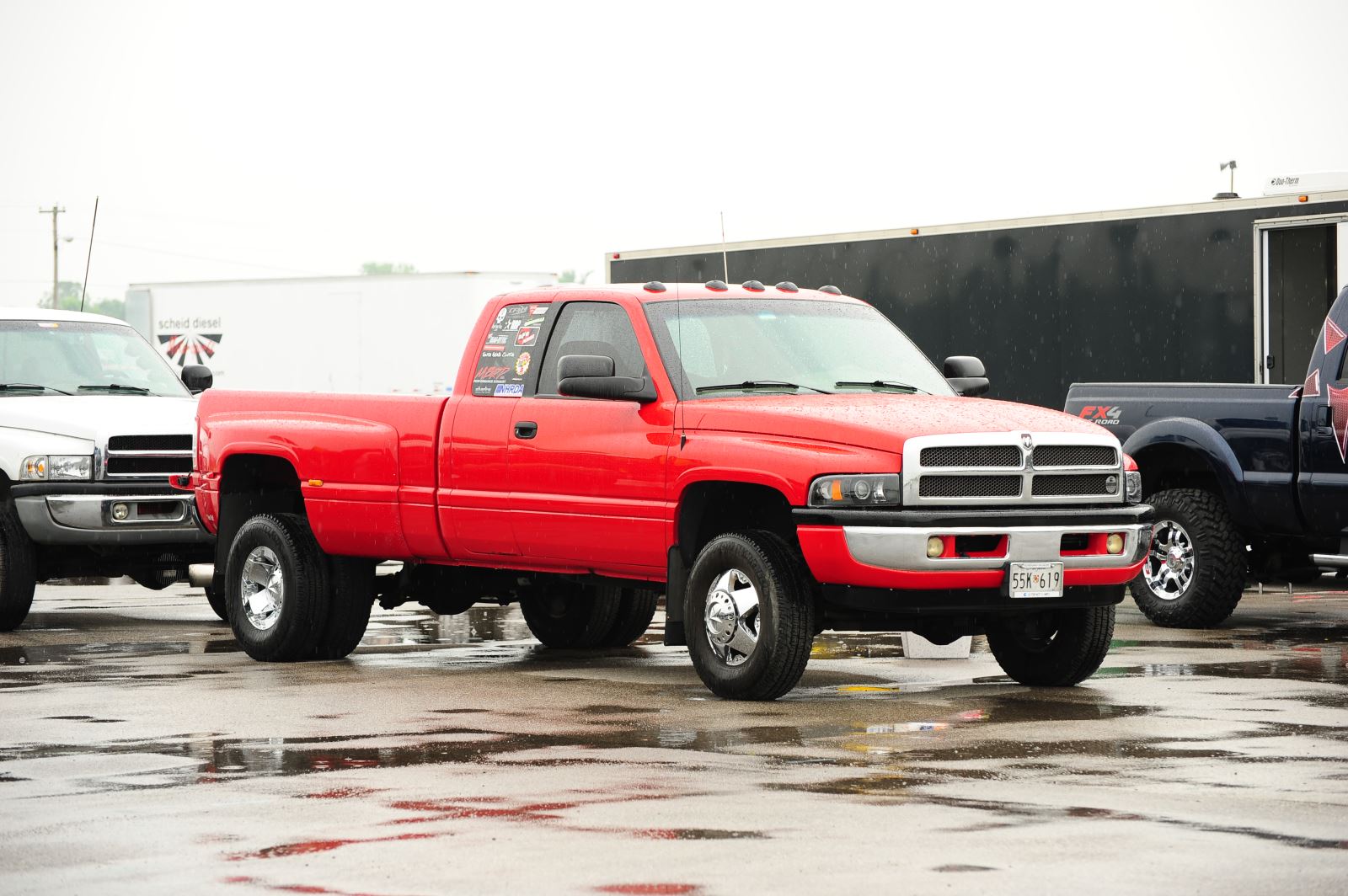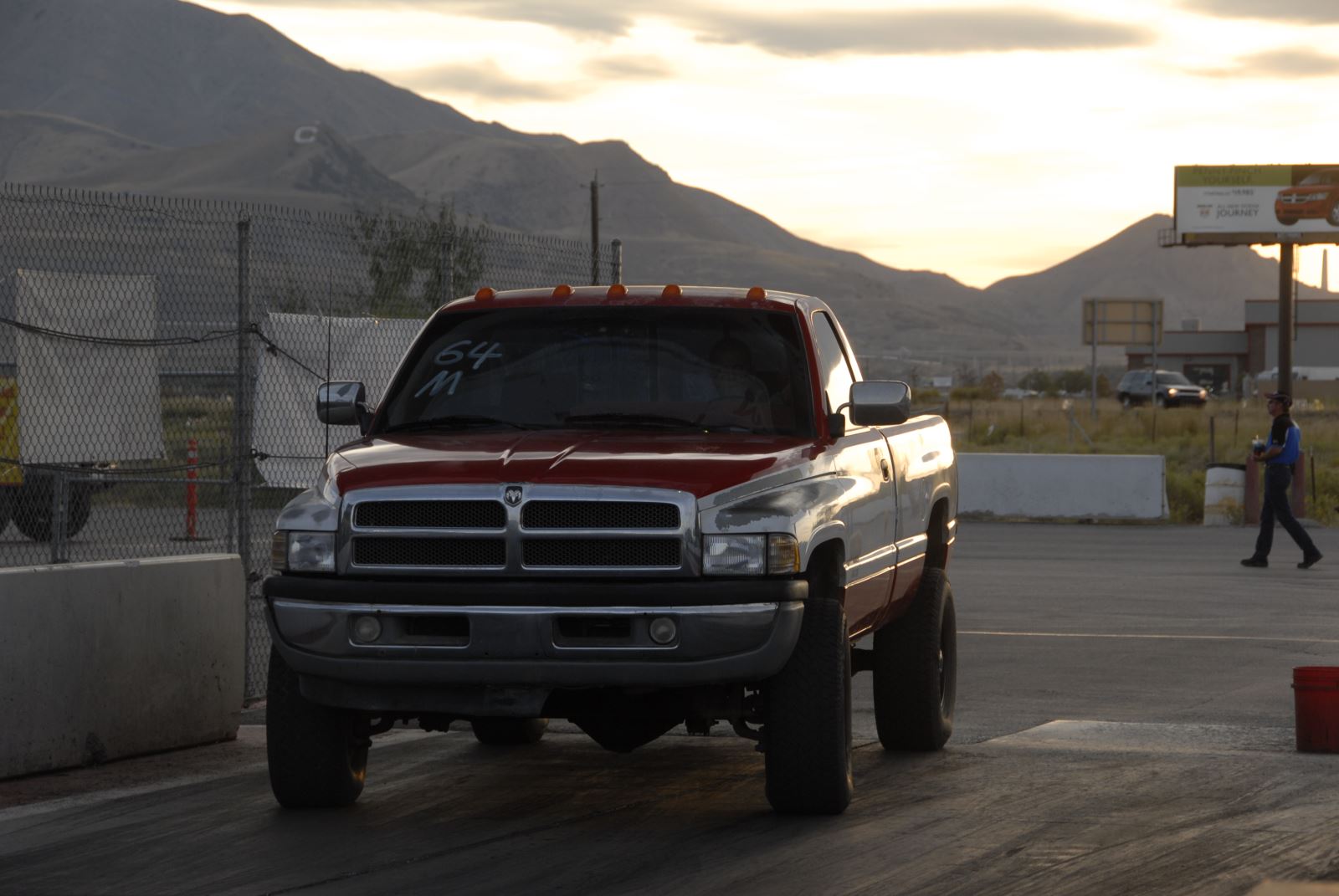
750 Horsepower
Taking the 24-valve to the next level is where most of the differences between builders come from. Let’s talk VP44.
The intake and exhaust systems have already been replaced. The VP pump will need to be sent out to be converted to a “monster” pump. The monster pump flows enough to keep the 300 over injectors flowing at their max.
With the fuel now available, it’s time to move on to air. If the vehicle is daily driven, a good compound setup with a small charger around 62 mm and a large compressor around 74 mm will provide the air from throughout the RPM range, making daily driving possible for a 750hp truck.
The factory intercooler isn’t designed to handle this much CFM (cubic feet per minute) of air or the pressure at which it will be flowing. Consequently, it won’t handle it very long, so upgrading to a good aftermarket intercooler is necessary. Most will support around 1200 hp while only having a minimal pressure drop between the inlet and outlet.
With the intercooler now able to support the flow, the cylinder head becomes the next restriction. Cutting the intake manifold off of the cylinder head and having an expert port and polish the head can make all of the difference. Be careful who you choose to do it for you. Try to choose one that specializes in Cummins’ cylinder heads.
While the head is off, upgrading the valve springs will help keep the pressure on the valve, which prevents the valve from floating with high boost pressures and/or RPMs. In addition, adding a custom cam tuned for your particular use will help direct the exhaust out and fresh air in when you need it.
Once the air and fuel are in the cylinder, it creates a lot of pressure as it ignites. Thus, upgrading to a high-quality head stud is a must. Some experts recommend upgrading to a 14mm stud if you already have the motor apart, but not everyone agrees that it is needed at this horsepower level. With the head back on, a sheet metal intake manifold is used to direct the air from the intercooler back into the intake runners.

1,000 Horsepower
Hitting 1,000hp with a VP44 pump is possible, but very few people in the country can accomplish that feat. Those we know of just smile and say it is the same as the 750 hp with a few “special tricks.” As to what those tricks are, no one wants to say.
We assume that the injectors probably need to be custom extruded and honed to handle the fuel requirements. In addition, you’ll probably need to use multiple stages of nitrous to help fully burn the massive amount of fuel from the injectors. The nitrous also helps reduce the exhaust temperatures which, at this level, could get out of control very quickly.
Lowered compression is usually required. Somewhere between 14:1 to 14.5 seems to be a popular range. We would also suspect the pistons have been ceramic coated to help handle the heat. As for the rest of the modifications that are needed, or rather tricks, well, who knows but the select few who have done them?